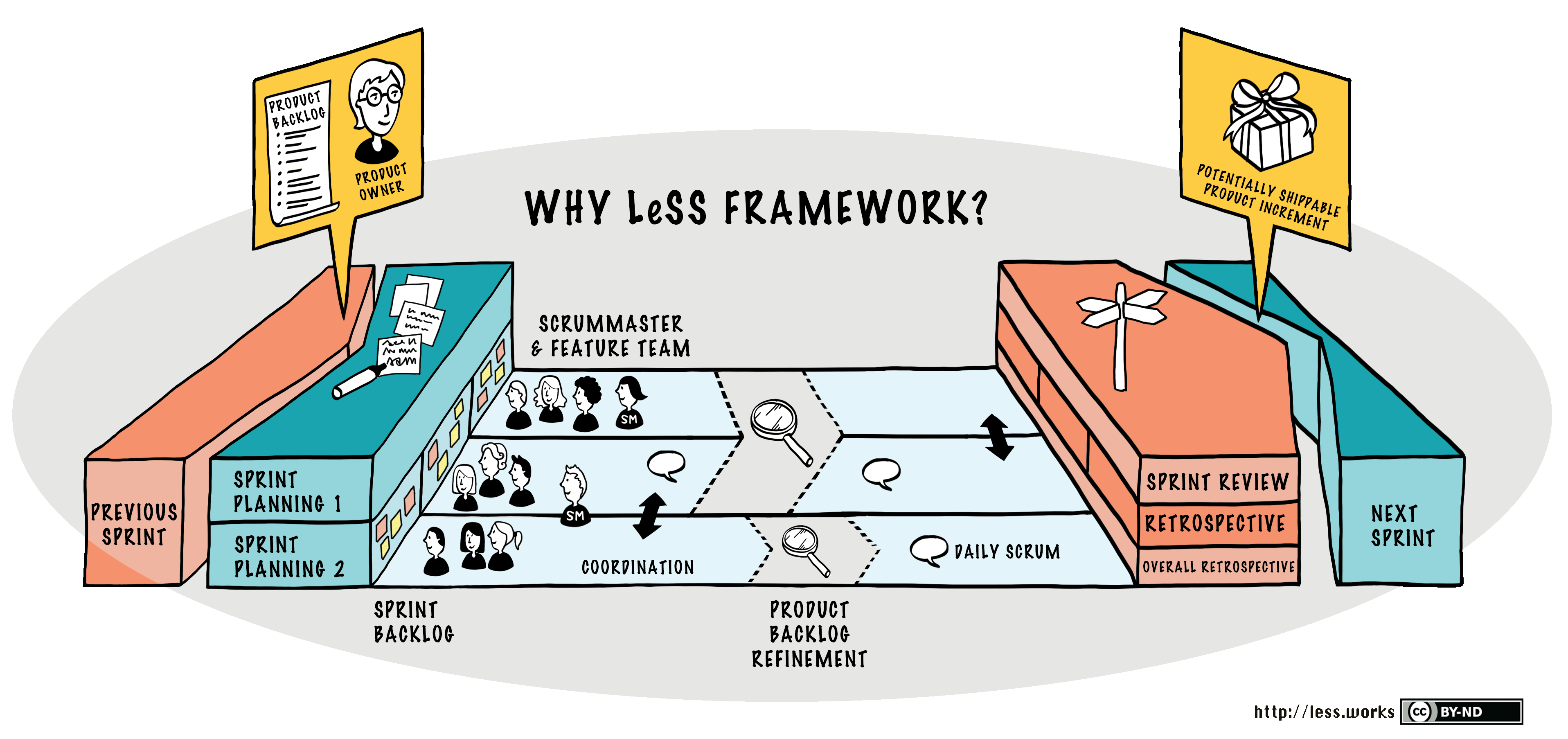Introduction
Enterprises and teams embracing Agile software delivery process go through an evolutionary journey where they start by adopting agile at a team level. Once they achieve a certain level of maturity they begin to scale the practices across multiple teams and programs building larger solutions. Matured organizations eventually transform themselves into a product-centric model where they re-organize their teams based on their core value streams and products delivering continuous value and become truly agile.
Jile supports this evolutionary transformation process by supporting multiple ways of working and enabling teams to adopt agile, scale and transform. A way of working defines the specific working model each product or team chooses to use. It helps the teams to decide what agile methods, processes and practices they want to use. This helps the team to work with maximum flexibility and minimum constraints and to optimize their performance and to do their best work. It helps the teams to adopt and evolve these methods and practices that best fits their team and organizational needs.
Jile supports 6 primary ways of working namely Scrum, Kanban, Enterprise Scaling Framework, Disciplined Agile Delivery (DAD), Large Scale Scrum (LeSS) and Agile Portfolio.
Scrum
Scrum is an agile framework for developing and sustaining complex products in an iterative and incremental manner. Scrum helps the teams to manage product development activities using scrum framework. It helps the teams to manage the product backlog, plan and track iterations and manage impediments and iteration retrospectives
-
In Jile the scrum wow helps the teams to define the product vision using a vision canvas, setup team, roles and their historical velocity, manage product backlog items using epics and stories, breakdown stories into development tasks, define and plan stories into iteration time-boxes, track iteration progress using scrum boards, identify and track iteration impediments, perform retrospectives and track action items
Kanban
Kanban is a Lean tool that helps teams to manage work by visualizing the workflow, minimize the amount of work in process and enhance flow and be agile. Kanban can be used by software development teams to manage the flow of features and stories in the software development work or by operations and support teams to manage their software maintenance work
-
In Jile the kanban wow helps the teams to manage work items in the form of features or stories or support work-items, visualize the flow of work on a kanban board, configure work-in-process limits, define stage policies and custom board statuses, track flow metrics like throughput, lead time and wait time metrics etc.
Enterprise Scaling Framework
This framework for scaling agile helps enterprises continuously deliver value on a regular and predictable schedule. Jile supports four configurations for Enterprise Agile Scaling namely Single Program, Solution with Multiple programs, Portfolio with multiple programs, Portfolio with multiple solutions.
-
In Jile, this wow helps organizations to define their portfolio, programs and large solutions, define portfolio and program vision, setup agile release trains (ART), manage portfolio, program and team backlogs in the form of business epics, features, stories and enablers, plan and track program increments, manage tests and automate the deployment pipeline.
Large Scale Scrum ( LeSS )
LeSS is a lightweight minimalistic agile framework for scaling scrum to more than one team working on a single product . LeSS consists of the LeSS principles, framework, guides and a set of experiments. LeSS framework is divided into two frameworks: Basic LeSS for 2-8 teams and LeSS Huge for 8+ teams
-
In Jile the LeSS wow helps organizations to define their products and product areas, setup team of teams, define their velocity, manage backlogs using features and stories, plan synchronized iterations across multiple teams, track iterations using scrum boards, identify and track iteration impediments, perform retrospectives and track action items
Disciplined Agile Delivery (DAD)
Disciplined Agile Delivery (DAD) is a people-first, learning-oriented hybrid agile approach to IT solution delivery. DAD supports multiple, end-to-end delivery life-cycles from project initiation all the way to delivering the solution to its end users. It supports Agile / Agile Continuous Delivery, Lean / Lean Continuous Delivery and Programs Life-cycles
-
In Jile the DAD wow helps organizations to define their products, setup teams and program (team of teams), define their velocity or throughput, manage backlogs using work-items like features and stories, plan releases and iterations, track the flow of work on kanban boards, manage tests and automate the deployment pipeline.
Agile Portfolio
Agile portfolio management framework helps organisation identify, prioritise and manages multiple products in a streamlined way. Portfolio management provides strategic direction and governance for different products in the portfolio and the product teams build and deliver software solutions aligned with the larger portfolio vision and goals.
-
In Jile the Agile Portfolio wow helps organizations to define portfolio and products, define portfolio vision and objectives, manage portfolio and product backlog in the form of initiatives, epics and stories, plan and track synchronized release and iterations, visualize the flow of work on kanban boards, track impediments and manage retrospectives
How to choose a WoW
Jile provides 6 out of the box ways of working. Choosing a specific way of working determines what functionalitites and Functions that will be available by default. Use the following table to determine which way of working best fits your organization or team needs.
| Way of Working | Planning Model | Backlog Types | Planning Types | Team Support | Work Area / Levels |
|---|---|---|---|---|---|
| Scrum |
|
|
|
|
|
| Kanban |
|
DEVELOPMENT
|
|
|
|
| ENTERPRISE SCALING FRAMEWORK |
|
|
|
|
|
| DAD |
|
|
|
|
|
| LeSS |
|
|
|
|
|
| Agile Portfolio |
|
|
|
|
|
Please note that Jile allows you can customize the selected way of working and add or remove Functions anytime.





